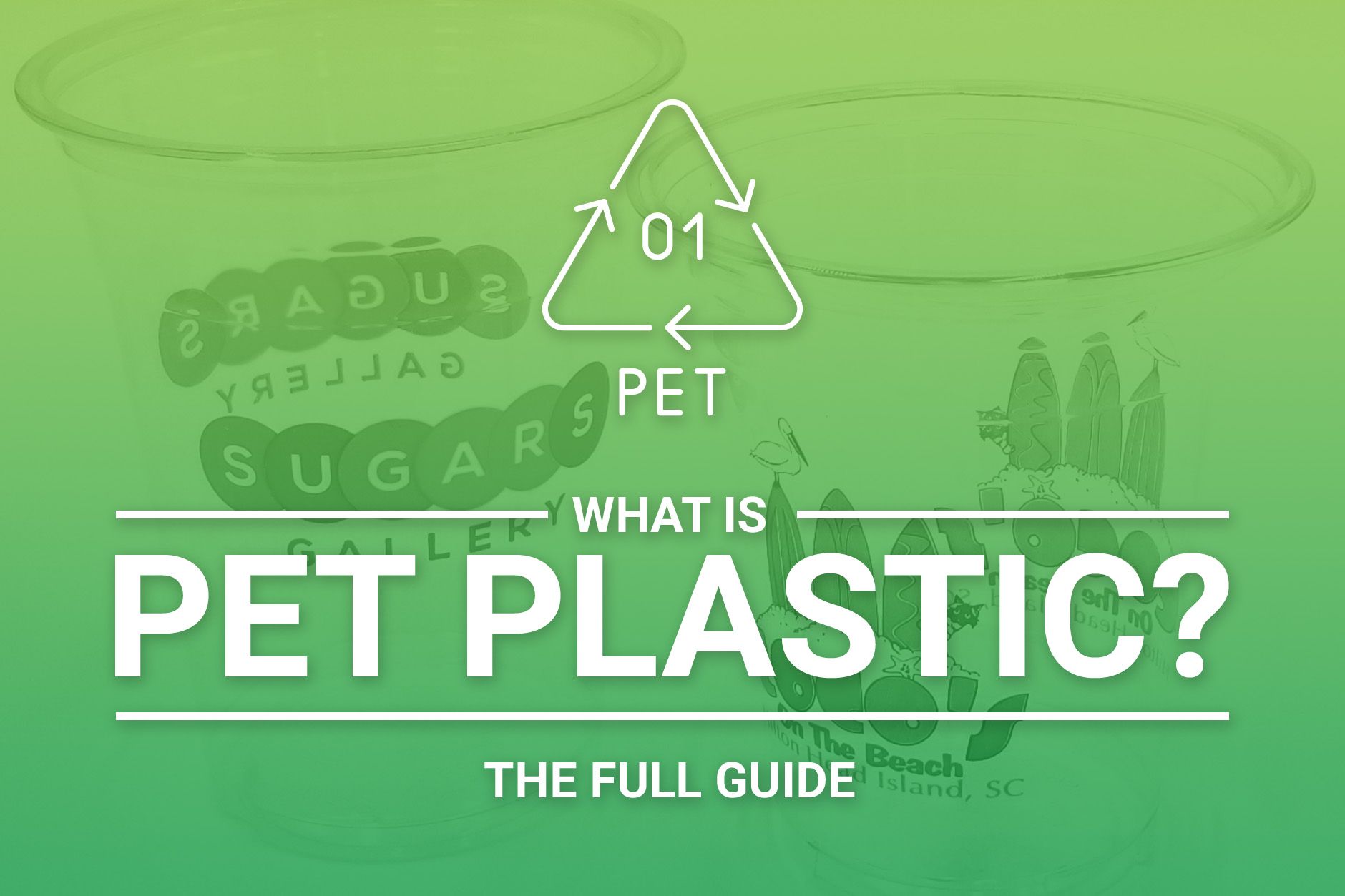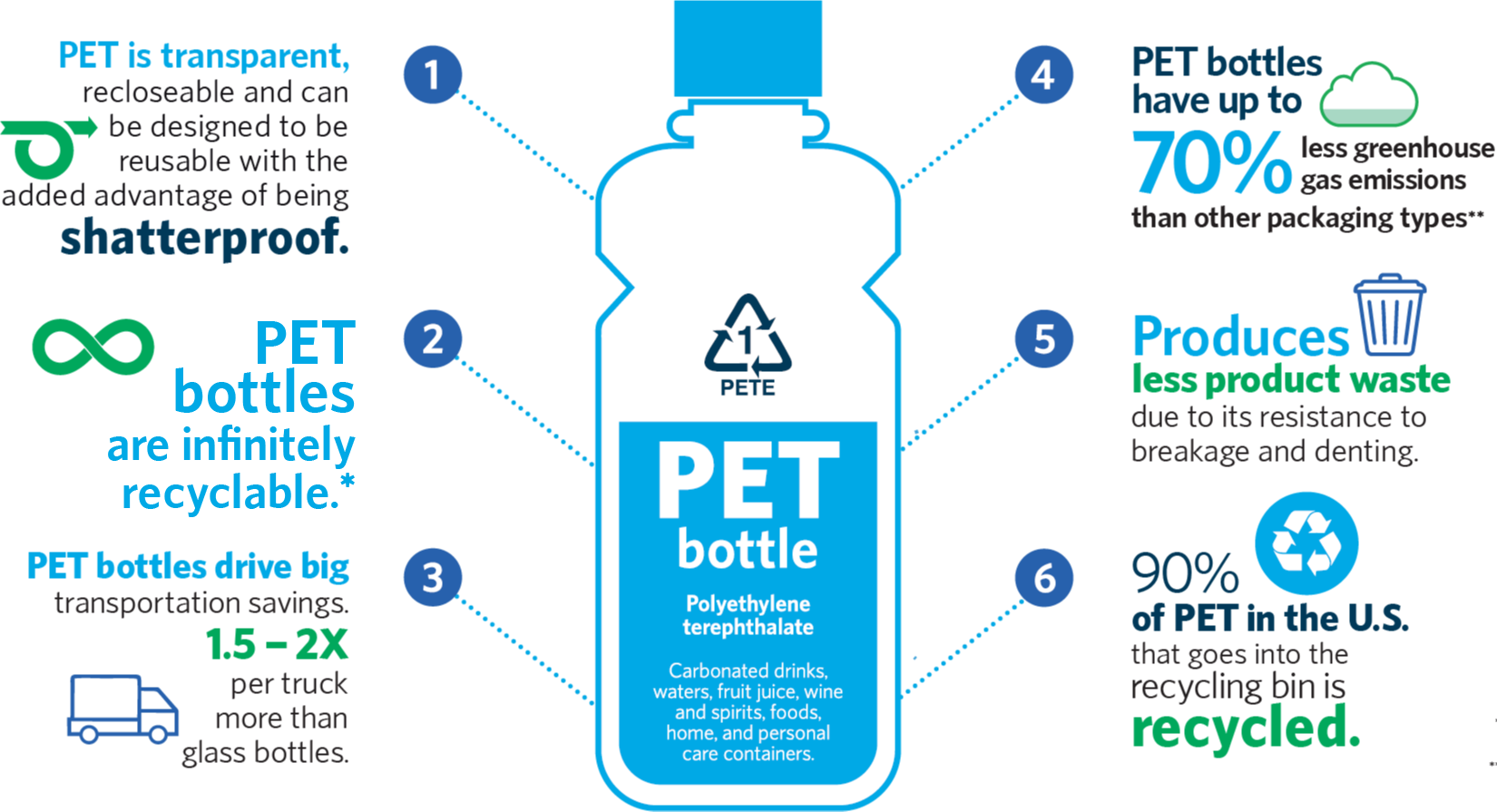Pet 05 plastic, a common type of plastic used in various applications, poses significant risks to our beloved pets. This comprehensive guide delves into the potential dangers of Pet 05 plastic ingestion and entanglement, providing pet owners with crucial information to protect their furry companions.
From understanding the prevalence of plastic waste and its impact on pets to exploring innovative solutions for mitigating plastic pollution, this guide offers a comprehensive overview of the topic, empowering pet owners to make informed decisions and safeguard the well-being of their animals.
Overview of Plastic Waste and Its Impact on Pets
Plastic waste poses a significant threat to pets worldwide, leading to ingestion, entanglement, and potential health complications. Various types of plastic waste, including bags, bottles, and packaging materials, are commonly found in the environment, often ingested or entangled by pets due to their curious nature and lack of discrimination in food sources.
Prevalence of Plastic Ingestion and Entanglement
Studies have shown that plastic ingestion and entanglement are prevalent among pets, particularly in urban areas and coastal regions. A study conducted in the United States found that over 20% of dogs and cats had ingested plastic, while a study in Australia reported that entanglement in plastic debris was a common cause of injury and mortality in marine mammals.
Health Consequences of Plastic Ingestion
Ingestion of plastic can have severe health consequences for pets. Plastic fragments can cause physical damage to the digestive tract, leading to vomiting, diarrhea, and abdominal pain. Additionally, some plastics contain toxic chemicals that can leach into the body and cause systemic health issues, including organ damage, reproductive problems, and cancer.
Specific Risks of “Pet 05 Plastic”
:max_bytes(150000):strip_icc()/103796378-56a1ae363df78cf7726cff7b.jpg)
Polyethylene terephthalate (PET), also known as “PET 05,” is a type of plastic commonly used in food and beverage packaging, such as bottles and containers. Pets can be exposed to PET 05 plastic through ingestion, inhalation, or skin contact.
PET 05 plastic is made from a chemical compound called terephthalic acid and ethylene glycol. These chemicals can be toxic to pets if ingested in large quantities. Symptoms of PET 05 plastic toxicity in pets can include vomiting, diarrhea, lethargy, and seizures.
Chemical Composition and Toxicity
PET 05 plastic is composed of a repeating unit of terephthalic acid and ethylene glycol. Terephthalic acid is a colorless, crystalline solid that is insoluble in water. Ethylene glycol is a colorless, viscous liquid that is soluble in water. When these two chemicals are combined, they form a polymer called polyethylene terephthalate.
PET 05 plastic is a strong and durable material that is resistant to heat and chemicals. However, it can be broken down by ultraviolet light and oxygen, which can release terephthalic acid and ethylene glycol into the environment.
Terephthalic acid and ethylene glycol are both toxic to pets. Terephthalic acid can cause irritation of the skin, eyes, and respiratory tract. Ethylene glycol can cause kidney failure, liver damage, and central nervous system depression.
Prevention and Mitigation Strategies: Pet 05 Plastic

Minimizing pets’ exposure to plastic waste and mitigating its harmful effects require a multifaceted approach. Pet owners play a crucial role in reducing their pets’ exposure to plastic, and responsible waste disposal and recycling practices are essential for preventing plastic pollution.
Tips for Pet Owners, Pet 05 plastic
- Choose pet products made from sustainable materials:Opt for pet toys, bowls, and bedding made from natural materials like wood, bamboo, or hemp. Avoid single-use plastic items like disposable bags and packaging.
- Supervise pets outdoors:Keep pets on leashes or within fenced areas to prevent them from ingesting plastic waste or becoming entangled in plastic debris.
- Dispose of pet waste properly:Place pet waste in designated waste bins or biodegradable bags to prevent it from entering waterways and potentially contaminating marine life.
Importance of Proper Waste Disposal and Recycling
Responsible waste disposal and recycling are critical for reducing plastic pollution. Proper disposal of plastic waste prevents it from entering the environment and harming wildlife. Recycling helps reduce the demand for new plastic production, conserving natural resources and reducing greenhouse gas emissions.
Innovative Solutions for Mitigating Plastic Waste
Innovative solutions and technologies are emerging to address the challenge of plastic waste. These include:
- Biodegradable plastics:Plastics made from plant-based materials that break down naturally over time, reducing their environmental impact.
- Plastic-eating enzymes:Enzymes that can break down certain types of plastics, offering potential for recycling and reducing plastic pollution.
- Plastic waste collection and recycling technologies:Advanced technologies that improve the efficiency and effectiveness of plastic waste collection and recycling.
Case Studies and Real-World Examples

Numerous case studies and real-world examples highlight the detrimental effects of plastic ingestion and entanglement on pets.
These cases showcase the challenges in addressing pet plastic exposure, including lack of awareness, inadequate disposal practices, and limited access to veterinary care.
Case Study: Plastic Ingestion in Marine Animals
- A study conducted by the University of California, Davis found that over 90% of sea turtles examined had ingested plastic debris.
- Plastic ingestion can cause blockages, malnutrition, and organ damage in marine animals.
Case Study: Plastic Entanglement in Birds
- A study published in the journal “Science” reported that over 1 million seabirds die annually from plastic entanglement.
- Entanglement can restrict movement, cause injuries, and lead to starvation.
Lessons Learned
These case studies underscore the need for:
- Increased public awareness about the dangers of plastic pollution to pets.
- Improved waste management practices to reduce plastic litter.
- Enhanced veterinary care and research to better understand and mitigate the effects of plastic exposure on pets.
Education and Awareness
Public education and awareness are crucial to address the dangers of plastic waste to pets. Campaigns and initiatives can effectively raise awareness and promote responsible pet ownership. Veterinarians and animal welfare organizations play a vital role in educating pet owners about these risks, emphasizing the importance of proper waste disposal and reducing plastic consumption.
Campaigns and Initiatives
- Public service announcements featuring pet owners sharing their experiences with plastic waste-related pet health issues can raise awareness and evoke empathy.
- Social media campaigns using hashtags and targeted messaging can reach a wider audience and engage pet enthusiasts.
- Educational materials distributed through veterinary clinics and pet stores can provide practical tips on reducing plastic waste and protecting pets.
Final Summary

In conclusion, Pet 05 plastic poses a significant threat to pets, and it is essential for pet owners to be aware of the risks and take proactive measures to prevent exposure. By reducing plastic waste, promoting proper disposal and recycling, and supporting innovative solutions, we can create a safer environment for our pets and future generations.
General Inquiries
What are the common sources of Pet 05 plastic exposure for pets?
Pets can be exposed to Pet 05 plastic through ingestion of plastic bags, food containers, toys, and other plastic items.
What are the potential health risks associated with Pet 05 plastic ingestion for pets?
Ingestion of Pet 05 plastic can lead to gastrointestinal issues, blockages, and potential toxicity due to the chemicals present in the plastic.
How can pet owners reduce their pets’ exposure to plastic waste?
Pet owners can reduce exposure by providing safe toys and food containers, properly disposing of plastic waste, and choosing eco-friendly alternatives.